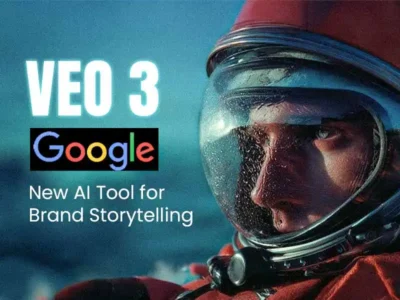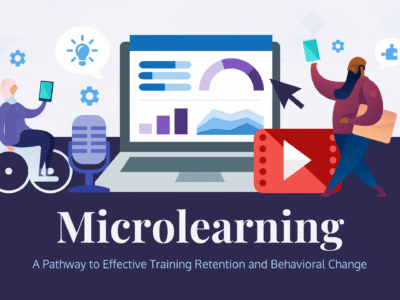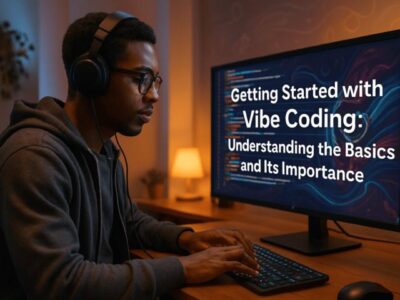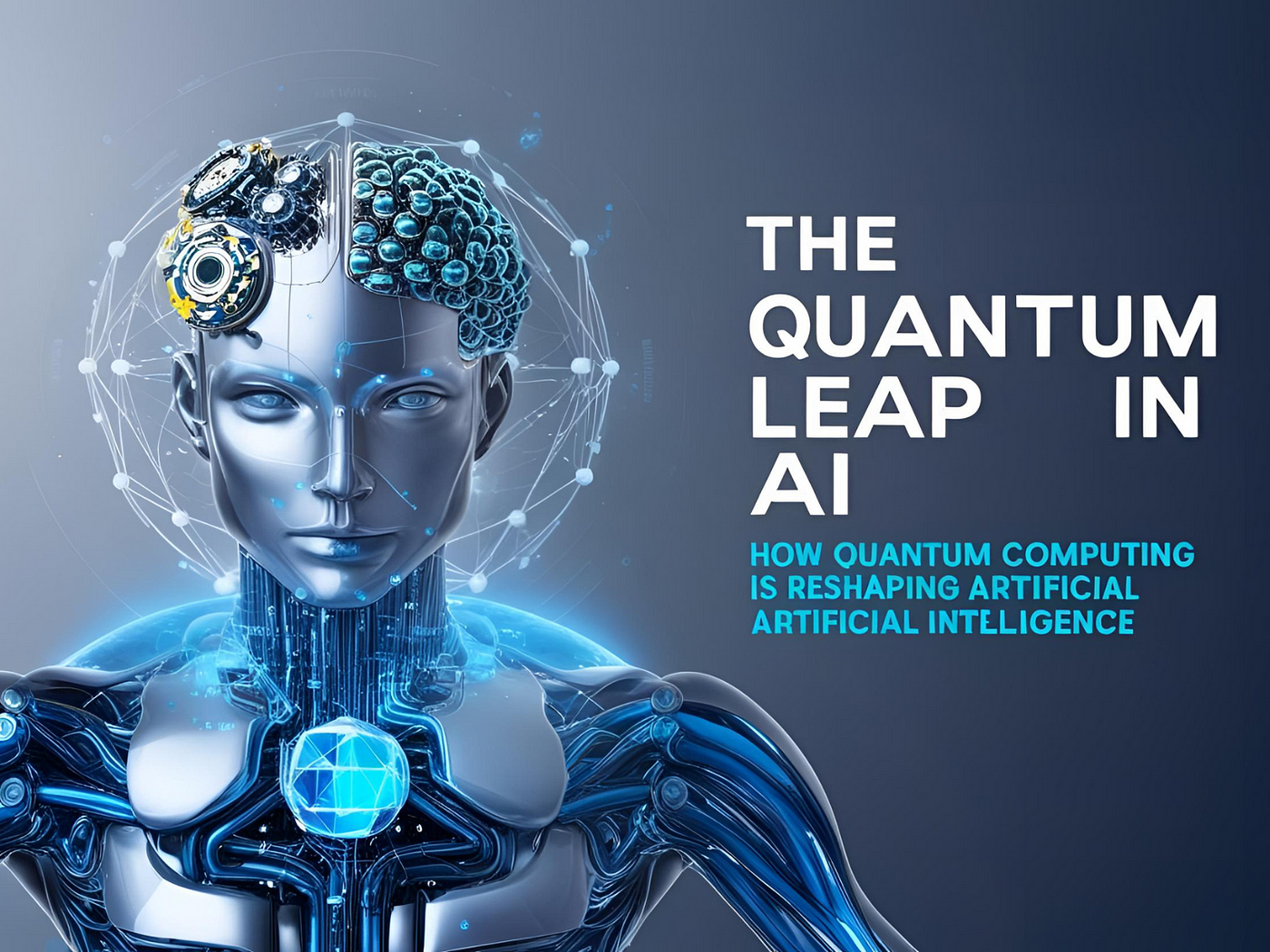Quantum Leap: A Practical Journey into Quantum Computing
Duration: 8–10 Weeks (or Self-Paced)Level: Beginner to IntermediateFormat: Video Lectures, Interactive Demos, Simulations, Assignments, Final ProjectTools Used: IBM Qiskit, IBM Quantum Experience, Python, Jupyter Notebooks, QuTiP (optional) Course Objective To provide students, researchers, and professionals with an accessible and structured …
Overview
Duration: 8–10 Weeks (or Self-Paced)
Level: Beginner to Intermediate
Format: Video Lectures, Interactive Demos, Simulations, Assignments, Final Project
Tools Used: IBM Qiskit, IBM Quantum Experience, Python, Jupyter Notebooks, QuTiP (optional)
Course Objective
To provide students, researchers, and professionals with an accessible and structured entry point into the world of quantum computing—covering both theoretical foundations and practical quantum programming.
Module 1: Introduction to Quantum Computing
Topics Covered:
-
What is Quantum Computing?
-
Classical vs Quantum Computing
-
History and Motivation for Quantum Technology
-
Real-World Applications of Quantum Computing
-
Key Players in the Industry (IBM, Google, Microsoft, D-Wave)
Learning Outcome:
Understand the scope, potential, and motivation behind quantum computing in the modern era.
Activities:
-
Watch interviews with leading quantum scientists
-
Summarize how quantum computing could impact one field (e.g., healthcare, finance, AI)
Module 2: Fundamentals of Quantum Mechanics
Topics Covered:
-
Superposition and Qubits
-
Quantum States and the Bloch Sphere
-
Entanglement
-
Measurement and Collapse
-
No-Cloning Theorem
Learning Outcome:
Develop a foundational understanding of the quantum phenomena that power quantum computers.
Activities:
-
Explore quantum states using IBM’s Bloch Sphere visualizer
-
Describe a real-world analogy for entanglement or superposition
Module 3: Qubits and Quantum Gates
Topics Covered:
-
Quantum Gates: X, Y, Z, H, T, S, and Identity
-
Controlled Gates: CNOT, Toffoli
-
Gate Matrices and Circuit Representation
-
Reversibility and Unitarity
-
Quantum Circuits vs Classical Logic Gates
Learning Outcome:
Learn how quantum logic gates operate and how they manipulate qubits in circuits.
Activities:
-
Build simple circuits using Qiskit’s circuit composer
-
Visualize circuit transformations before and after gates are applied
Module 4: Quantum Algorithms (Foundational)
Topics Covered:
-
Deutsch-Jozsa Algorithm
-
Grover’s Search Algorithm
-
Simon’s Algorithm
-
Quantum Fourier Transform (QFT)
-
Overview of Shor’s Algorithm (Conceptual)
Learning Outcome:
Understand how quantum computers solve problems faster than classical ones.
Activities:
-
Simulate Grover’s algorithm using IBM Qiskit
-
Compare classical vs quantum time complexity for small tasks
Module 5: Programming with Qiskit
Topics Covered:
-
Installing Qiskit and Jupyter Notebooks
-
Qiskit Components: Terra, Aer, IBMQ, Ignis
-
Building and Executing Quantum Circuits
-
Running Simulations vs Real Quantum Hardware
-
Visualizing Results: Histograms and State Vectors
Learning Outcome:
Gain practical skills in programming quantum circuits using Python and Qiskit.
Activities:
-
Build a quantum random number generator in Qiskit
-
Access and execute a quantum program on an actual IBMQ device
Module 6: Quantum Noise and Error Correction
Topics Covered:
-
Quantum Decoherence and Noise
-
The Challenge of NISQ (Noisy Intermediate-Scale Quantum) Devices
-
Quantum Error Correction Concepts
-
Repetition Codes and Parity Checks
-
Fault-Tolerant Quantum Computing
Learning Outcome:
Understand the limitations of current quantum hardware and how error correction is addressed.
Activities:
-
Simulate quantum noise on a simple circuit
-
Apply a basic 3-qubit repetition code and test results
Module 7: Quantum Hardware and Technologies
Topics Covered:
-
How Quantum Computers Are Built: Superconducting Qubits, Ion Traps, Photonic Systems
-
Qubit Connectivity and Fidelity
-
Quantum Chips: IBM Q, Google Sycamore, Rigetti Aspen
-
Cryogenics and Qubit Isolation
Learning Outcome:
Explore the engineering behind quantum computers and compare different hardware architectures.
Activities:
-
Review IBM Q backend specifications and topology
-
Research and present a summary of one quantum hardware platform
Module 8: Quantum Cryptography and Security
Topics Covered:
-
Classical vs Quantum Cryptography
-
Quantum Key Distribution (QKD)
-
BB84 Protocol
-
Post-Quantum Cryptography
-
Implications for Blockchain and Cybersecurity
Learning Outcome:
Examine how quantum mechanics is used to secure communications and challenge classical cryptography.
Activities:
-
Simulate BB84 protocol steps in a classroom setting or diagram
-
Discuss ethical concerns about breaking modern encryption
Module 9: Quantum Machine Learning (Introductory)
Topics Covered:
-
Basics of Machine Learning and Quantum ML
-
Quantum Data Encoding
-
Variational Quantum Circuits (VQC)
-
Quantum Classifiers and QSVMs
-
IBM Qiskit Machine Learning Library Overview
Learning Outcome:
Explore the intersection of quantum computing and AI, and how quantum enhances data modeling.
Activities:
-
Run a sample quantum classifier using Qiskit’s ML module
-
Visualize quantum vs classical feature spaces
Module 10: Capstone Project and Career Guidance
Capstone Project Options:
-
Build and test a quantum algorithm (Grover’s, QFT, or BB84)
-
Design and simulate a multi-qubit quantum circuit using Qiskit
-
Analyze the performance of a quantum circuit on a real quantum processor
Final Assessment:
-
Comprehensive quiz across all modules
-
Project submission and peer review
Career Insights:
-
Paths in Quantum Computing: Research, Engineering, Software, Education
-
Resume and Portfolio Tips
-
Quantum Certifications: Qiskit Advocate, Microsoft Quantum Challenge, edX Quantum Programs
-
Building Your Profile with GitHub and Quantum Journals
Certificate of Completion:
Awarded upon successful completion of all modules and capstone project.
Bonus Resources
-
Quantum Glossary of 100+ Terms
-
Qiskit Cheatsheets and Gate Matrix Guide
-
Access to IBM Quantum Challenge Problems
-
Reading List: Quantum Computing for the Very Curious, Quantum Country, IBM Qiskit Textbook
-
Community Access: Slack group, GitHub templates, and guest lectures
Teaching Methodology
-
Step-by-step video lectures
-
Mathematical concepts paired with visual simulations
-
Hands-on Jupyter Notebooks using Qiskit
-
Discussion forums for peer support
-
Weekly recap quizzes and knowledge checks
-
Access to real quantum hardware for experimentation
Target Audience
-
Undergraduate students in computer science, physics, or engineering
-
Software developers and researchers curious about quantum programming
-
Professionals seeking to transition into quantum or emerging tech roles
-
Educators and enthusiasts exploring quantum foundations







